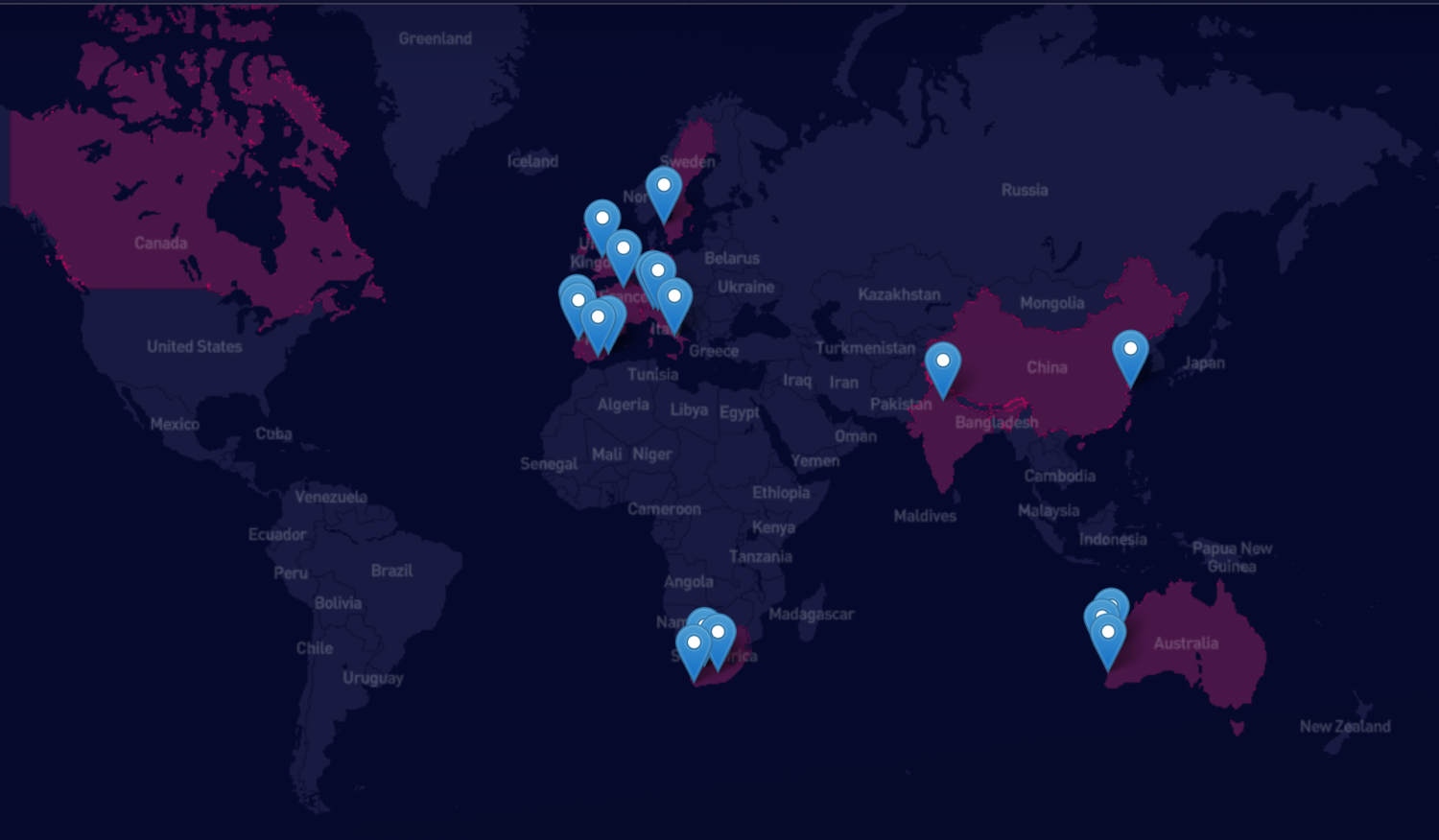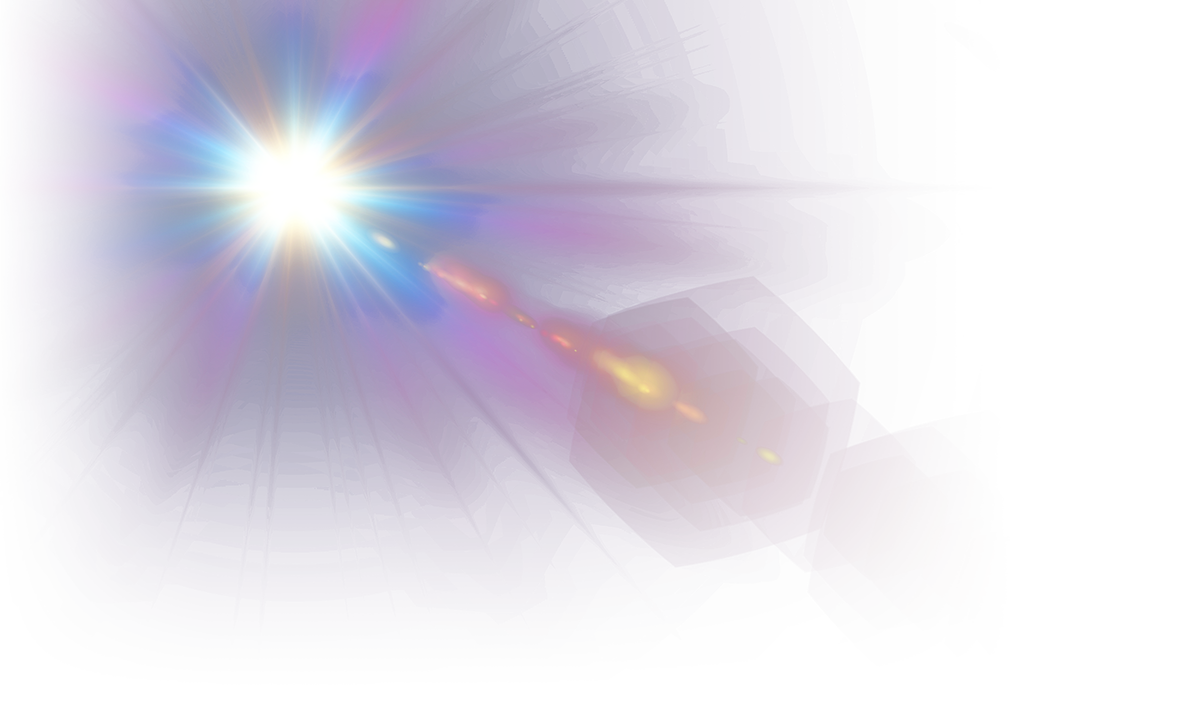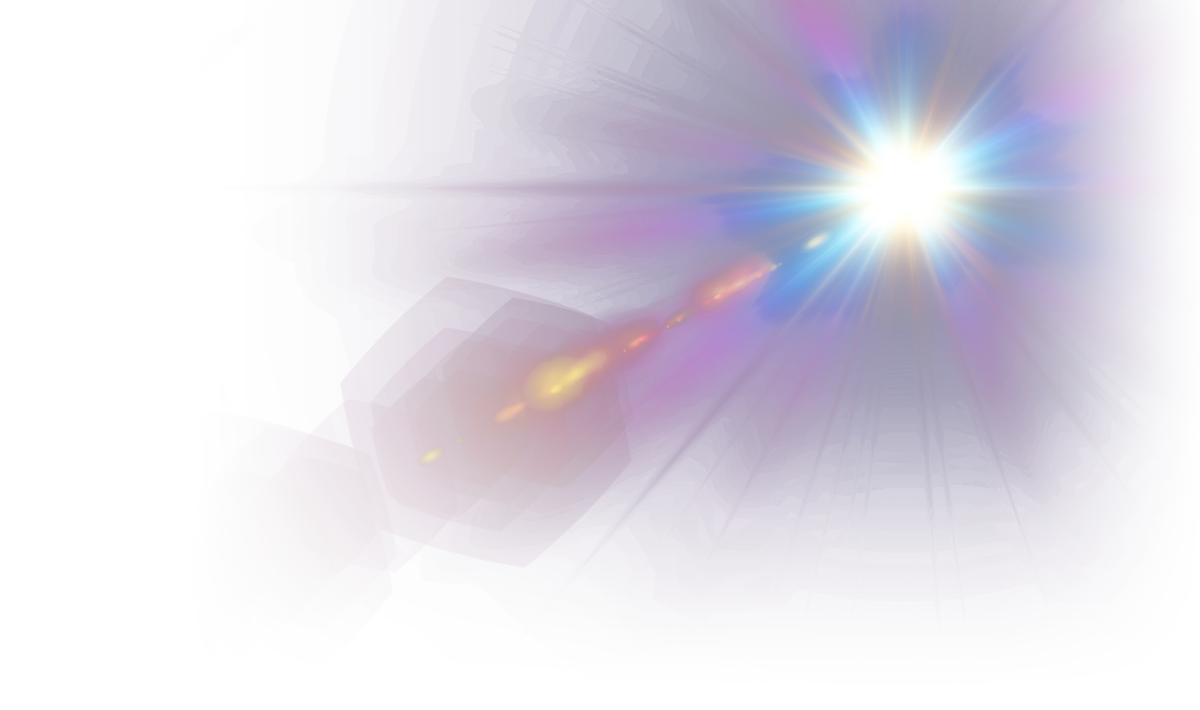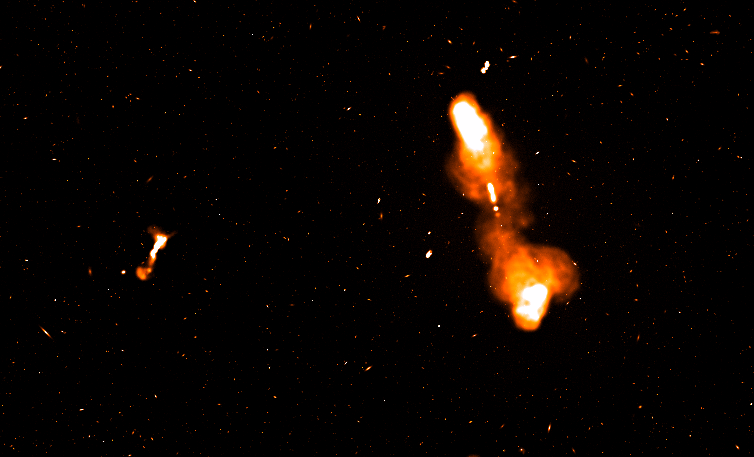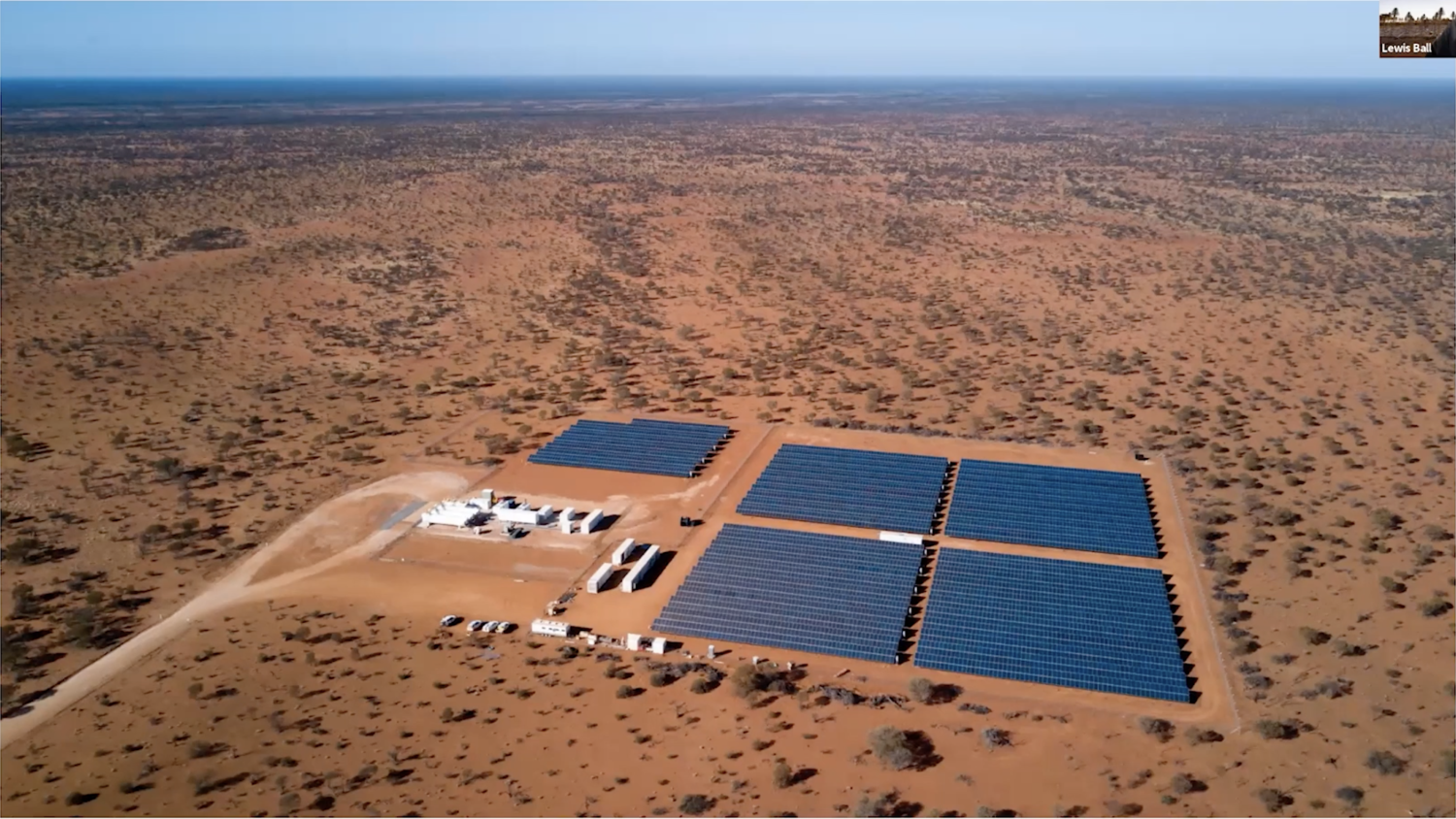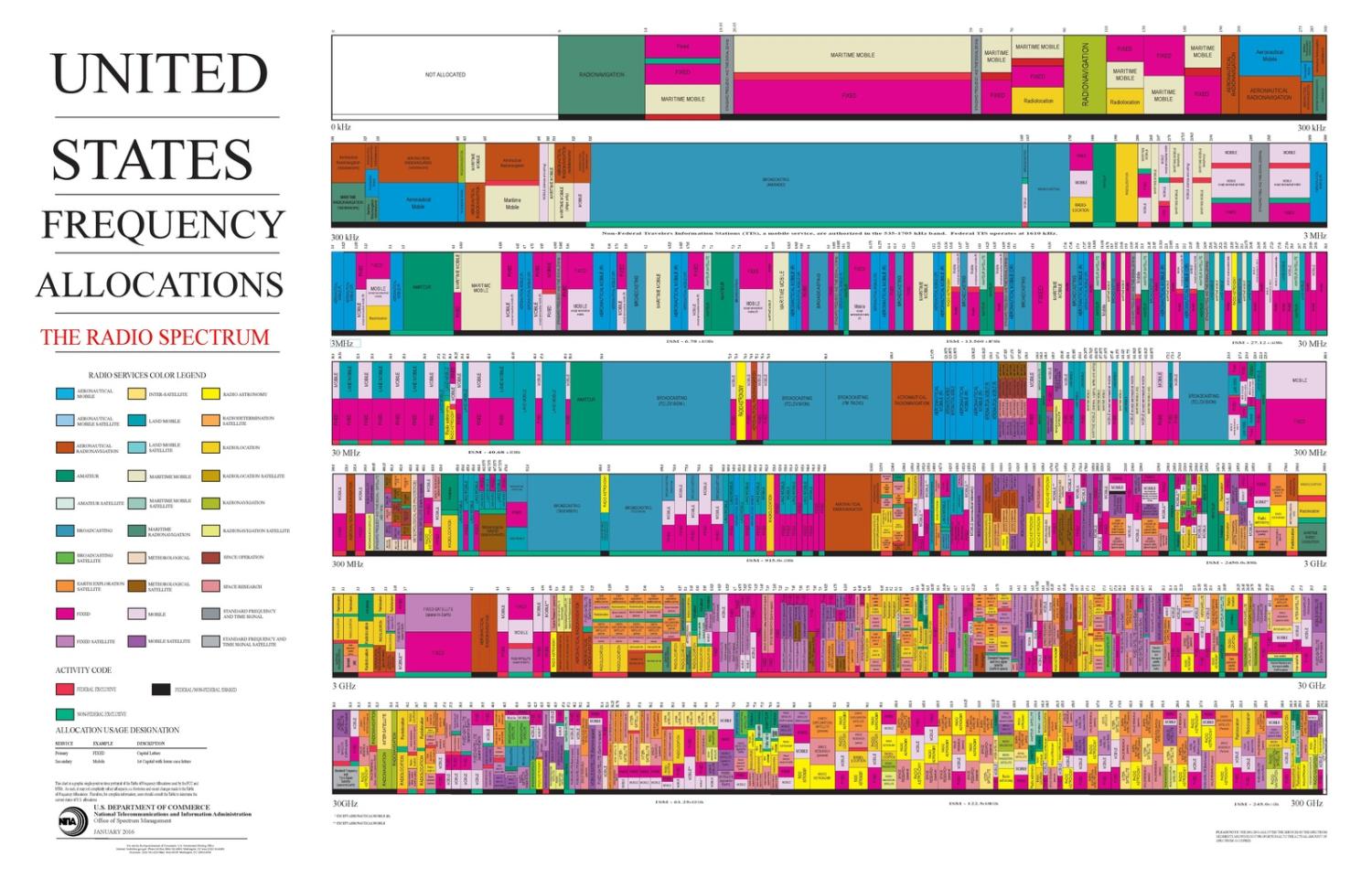Explore
Sustainability
Sustainability is a foundational value at the SKAO, underpinning all other activities across the Observatory.
The SKAO aims to deliver a sustainable infrastructure, minimising the negative impacts of construction and operation of our telescopes over their projected 50-year lifespan, and maximising the benefits the Observatory will bring to society, in line with the United Nations Sustainable Development Goals. As such, the SKAO has identified five sustainability priorities of particular relevance to its activities, which you can explore below.
“We were keen that our approach be consistent with the United Nations’ definition of sustainability, which is to meet the needs of the present without compromising the ability of future generations to meet their own needs.”
How are the SKAO and its partners benefitting society? From training opportunities in China, to green energy prototyping in Portugal and a mega-science roadshow in India, the SKAO's impact is felt around the globe.
Click here to explore the case studies.
